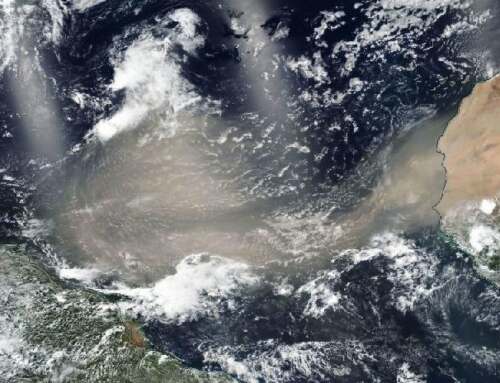 The old management saying that you can’t manage what you don’t measure applies a lot more to the environment than it ever did to business.
The old management saying that you can’t manage what you don’t measure applies a lot more to the environment than it ever did to business.
Even more relevant is the idea that if you don’t measure your environment, someone else may and report on their findings before you get a chance.
For example, the air quality of Jakarta has recently been in the news for continually being near the top of poor air quality indexes. Official data from the Indonesian government was last released in 2012. This data pointed to traffic as the main contributor to air pollutants. However, the index being reported on is from a company called AirVisual, who uses its own monitors and uses these and publicly available monitoring information to create their air quality reports.
As the Indonesian environmental authority has not recently released its own data, it can’t defend itself against any claims made by outsiders. AirVisual’s sensors measure airborne concentrations of PM2.5, small (i.e. particles less than 2.5 microns in diameter) particulate pollution that adversely affects human health. It is currently measuring Jakarta’s PM2.5 levels at 117.7µg/m3*, while the World Health Organisation’s (WHO) latest results from 2016 had Jakarta’s fine particle pollution levels at 45µg/m3. The air quality guidelines set by WHO for PM2.5 levels are 10 µg/m3 or below over a year and 25 µg/m3 or less over any given day.**
At a neighbourhood level, the likelihood that someone else is measuring the impact that your business has on local air quality is increasing. Personal air quality sensors have been available from companies like AirVisual and PurpleAir at reasonably low costs for some time. These sensors contribute to a network of measurements across cities, though the networks are often disconnected. When combined with the ‘official’ publicly available compliance monitoring data recorded by each state’s environmental regulator for the NEPM (National Environment Protection Measure), this increase in information means avoiding measurement is becoming impossible.
But is all this data accurate and comparable, and hence, useful? Not necessarily, as not all monitoring systems comply with the same standards or use the same measurement protocols. However, if you don’t invest in taking your own measurements and keeping on top of what your business is contributing to air pollution, if anything, you could be at the mercy of the only evidence available – the nearest and most recent data collected – whatever its quality.
By monitoring your emissions and their impact, you too can contribute to the bigger picture by managing your neighbourhood’s air quality and protecting the air we breathe.
Read more in AirVisual’s Jakarta page or download WHO’s Ambient Air Quality Database spreadsheet | See all posts











